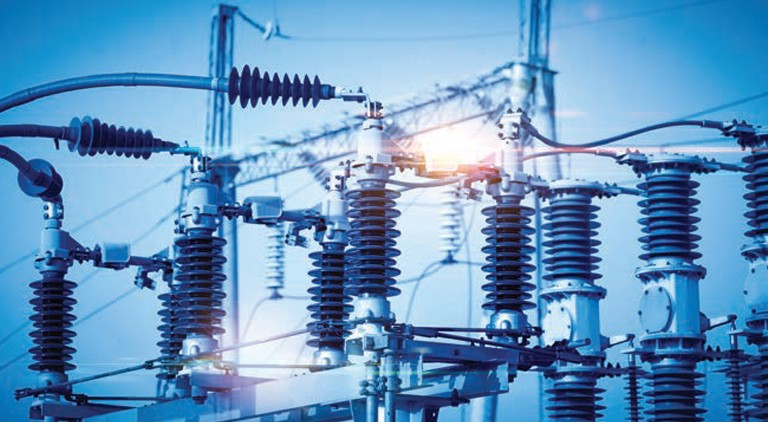Transforming the transformer
By EPR Magazine Editorial March 7, 2019 5:22 pm IST
By EPR Magazine Editorial March 7, 2019 5:22 pm IST

The poor financial health of DISCOMs has declined the power sector. While financial approaches for uplifting the sectors have commenced, it is equally important to turn our focus on the distribution network assets, preferably, on a state level basis and recognise opportunities to improve upon them; the legacy assets. This could be a boon to the entire business value chain. One such key opportunity is the asset we call distribution transformer (DT). DT is one of the most important and high CAPEX asset for Indian DISCOMs. For overall DISCOM viability, it is important that each individual DT is turned into a profit centre. It is estimated that of 14 per cent national average AT&C losses, at least 3-4 per cent can be attributed to technical losses within DTs and that they can be brought down to 0.5 per cent and below. The cumulative losses as of March 2015 stood at Rs.3,60,700 crores.
Insufficient investment in system development, as well as unplanned extensions of distribution system, are resulting in high technical losses. One of the reasons for the increasing trend of these losses in DTs is poor efficiency due to either uncontrolled load meeting or unbalanced loading conditions. More than 80 per cent of the DTs in the network are older than five years and were designed as per Indian Standard IS 2026 with lower efficiency and higher allowed temperature rise as compared to today’s prevailing benchmark standards IS 1180-2014. Transformer designed as per IS 2026 has a lower efficiency as compared to the current ones in alignment with National Star Rating programme of Bureau of Energy Efficiency (BEE) . They also have higher top oil and winding temperature rise compared to the recently revised standard IS 1180-2014. Due to this, when these transformers are subjected to operating conditions like transformer overloading, it often results in failure/breakdown.
The technical losses in DTs are mostly estimated values based on the empirical formulas for no-load and full load loss scaled by capacity factors. These losses are inherent to the system and cannot be eliminated, but there is a potential to reduce them. So far, many business models are being tried out for reducing commercial losses, however, technical loss reduction is still dependent on infrastructure changes and requires CAPEX infusion from utility and hence, are pursued at O&M level, but within limits.
The possibility of reducing technical losses in DT through active repairs over the currently prevalent reactive repair methods is being explored. The proposed DT Active Repair concept is to bring down no-load and load losses proactively, rather than waiting for DT to breakdown and then getting repaired. This is a first-of-its-kind concept in the country and there is a strong business case for Indian DISCOMs to consider this approach because following reasons:
The field results reveal that the proposed active repair aids in both in technical loss reduction and capacity topping up. In some cases, the measured value of technical losses was better associated with the estimated value. In addition to technical loss reduction, there was also kVA capacity enhancement for the transformer. Thus, proposed active repair concept has the potential for improving the energy efficiency (EE) & performance besides life extension of distribution transformer.
There is a need to adopt energy efficiency standards for distribution transformers in the country, as it will save total cost to consumers and reduce energy intensity of the economy. As the material used in transformers results in improved energy efficiency and therefore lowers the lifecycle costs in most cases. Thus, we can conclude by saying that copper plays a tremendously important role in the productivity of a transformer as the backbone to bring power to each of our home.
Authored article by:
Manas Kundu
Director, Energy Solutions
IICA India
We use cookies to personalize your experience. By continuing to visit this website you agree to our Terms & Conditions, Privacy Policy and Cookie Policy.